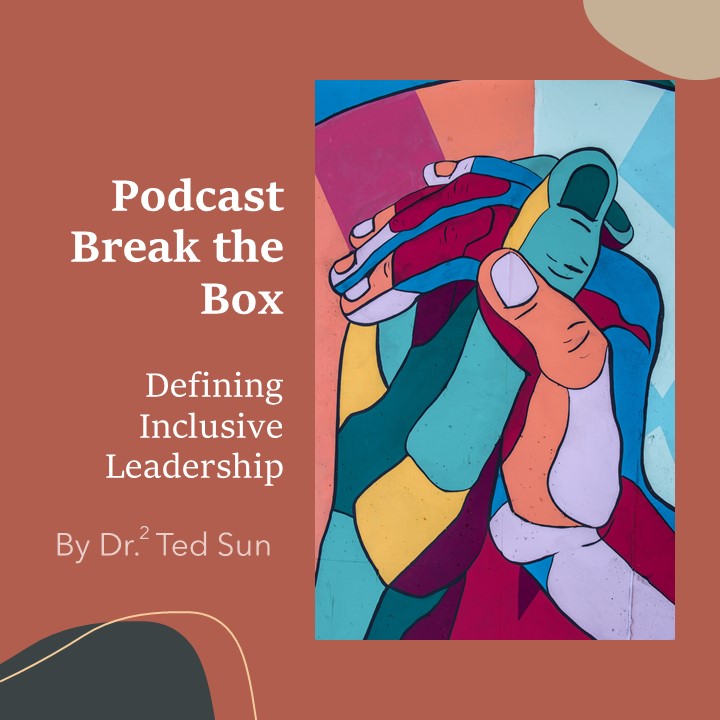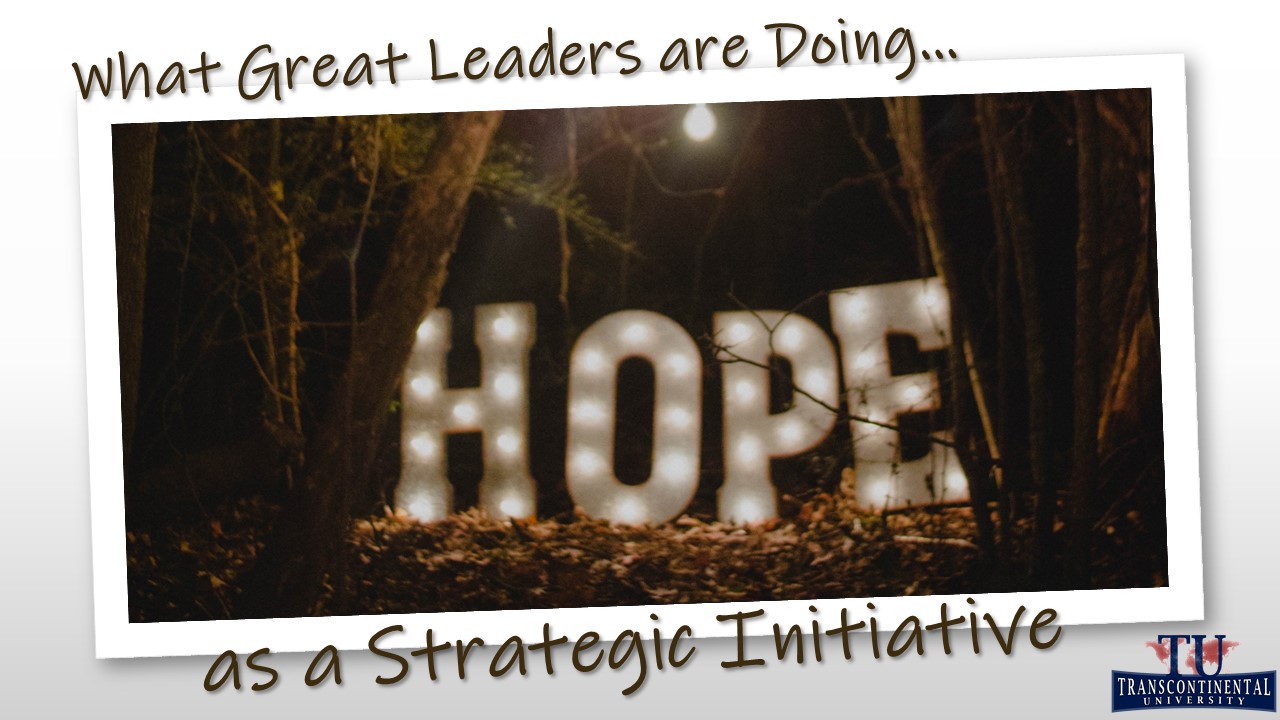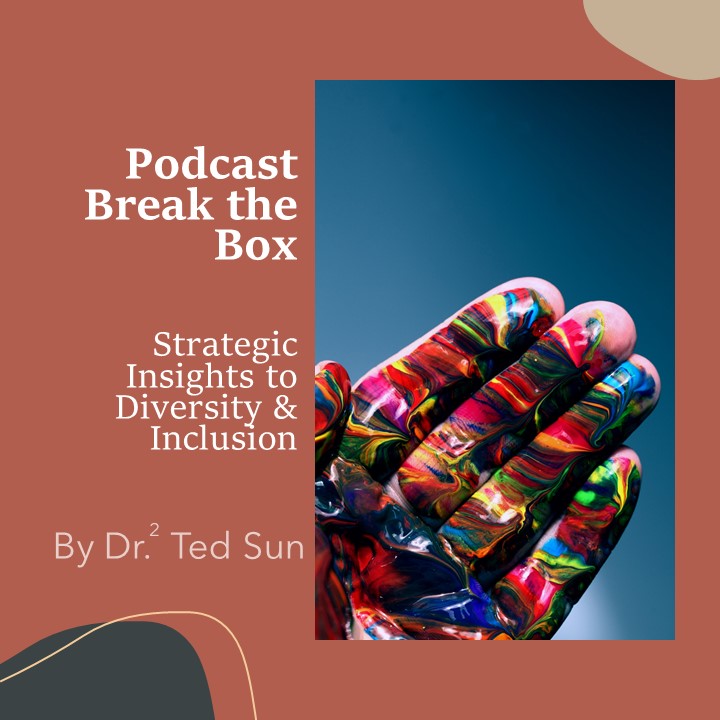
Is Productivity of Remote Work Sustainable in Our Pandemic World?
By Dr. Ted Sun
Working remotely was forced upon countless employees across almost every nation in this global pandemic. After over two months of self-quarantine and working from home, executives of many companies have seen the productivity of its employees. Some may begin to wonder why they ever needed offices in the first place, while others have begun to make decisions about future office space needs. The challenge of productivity and where one should work is far from simple. Systemic considerations are crucial to avoid major mistakes that cost millions and take a long time to reverse. While businesses continuously strategize to minimize costs and maximize productivity of its employees, utilizing a systems thinking approach enables executives to see the multidimensional complexity of their decisions.
Systems thinking is a complex way of seeing the world. Essentially, systems thinking is a process of thought that empowers leaders to see the interconnectivity of life and the world around us; it involves viewing the whole from broad perspectives of overall structures, patterns, and cycles rather than seeing only specific parts or events. Systems thinking allows us to ask better questions, to become aware of systems we may not have been aware of or of consequences of our actions we may otherwise be oblivious to, and can produce solutions that leverage improvement throughout a system. As important as this is for executive decision making, most graduate programs are not designed to develop this type of strategic thought. This articles hopes one of many countless applications of systems thinking towards the question of sustainable productivity with remote work.
Historical Perspective
Before the pandemic, most organizations were still entrapped in the industrial belief: time equals money. During the industrial revolution, productivity in the assembly line was a linear function of time input from its workers. It made perfect sense to manage peoples time. Since then, organizations moved into the knowledge economy, the digital economy, and the global economy. Unfortunately, old beliefs are hard to break. Managing people’s time has not changed much as a philosophy for many organizations. Especially for those working in various offices across the nation, salaried employees were expected to put in “x” amount of time in the office physically. While the amount of time varies among industries, the same mentality of time input at the office was related to productivity. This is far from reality, however, when performing knowledge-based work.
Ample scholars like Peter Drucker have spoken to the age of the knowledge worker during the late 1990’s and early 2000’s, while management of employee time has not changed. The Covid-19 pandemic has forced organizations to send their workforce to work from home. This has generated a realization that perhaps we no longer need to see people in the office for them to be productive; instead, we can oversee their work by productivity. Many organizations have seen workforce productivity remain consistent during this pandemic environment. Some have even seen productivity increased among some employees working from home. The pandemic has imposed a belief shift in management practices: no need to manage employee time, just their productivity.
The more challenging questions to consider: Is this productivity sustainable? A systemic exploration from multiple stakeholder perspectives, including the employee, the family, and the employer, and from a perspective of long-term impacts, are just some of the key considerations of a wise executive. Each perspective below ends with a reflective question as part of strategic thinking.
Employee Perspective
Working from home has been a tough transition for some; for others, it has been a great sense of freedom. Getting up without having to get dressed for work, and not having to deal with a commute to the office has resulted in less stress in the morning and more time for work and productive thinking. This works for some employees who have self-discipline and are motivated. For others, it may be a nightmare to not be dressed appropriately and to be physically in the office to think professionally. A few may have even enjoyed a beer or two throughout the day, since it would be difficult to enforce certain office policies. This behavior may be playing a part in the dramatic increase in alcohol sales during the past couple months. If the employee shows up to Zoom meetings with a professional appearance, they are considered working. The new sense of freedom felt by employees has resulted in a wide range of productivity on the surface. Underneath the surface, the numerous distractions from home such as family members, pets, and social media can lead to many inefficiencies and mistakes. While working from home for a couple of months, however, may be a workable practice short term, what happens to relationships among peers and with the relationship with managers?
Ample studies note a lack of emotional connection among friends on social media. Over time, the emotional connections among work teams in an organization will diminish, new hires will not benefit from the office in-person developed working relationships, and differences in old established relationships vs. those with new hire relationships could be accentuated. When work becomes a transactional exchange of tasks for compensation, this poses dangerous challenges to teamwork, continuous innovation/collaboration, and more importantly, loyalty to the organization. When employees are always working remotely, the diminishing relationships among peers can be dangerous.
How could organizational leaders be mindful of building solid relationships virtually?
Family Perspective
The family is one of the top values of employees. Many people work hard to provide for their family. On one hand, working from home is great for additional time with family. The idea of work-life balance always is a consideration for some companies. Numerous rankings of best companies to work for include work-life balance as one of the key metrics. On the other hand, it has placed additional complexities and tension among family members. The boundary between work and personal life has been blurred due to technological advancements that make work possible from anywhere over the last decade. What happens, therefore, when people work from home for extended periods of time?
Working from home virtually eliminates the boundary between work and personal life. Employees are now responsible to create their own boundaries so work time is focused and productive while also ensuring quality family time can be achieved. For most employees, they were never given a new set to skills and tools to set healthy boundaries when the pandemic hit. As a result, coming out of quarantine time, have seen an increase of stressed marriages and partner relationships due to extended and unplanned time together in some nations. The definition of family and work-life balance is changing. Most of it is happening without much conscious choice, which can be risky. Violations of basic boundaries could damage personal life relationships. In theory, a productive employee must have a peaceful and happy personal life.
How could organizational leaders lead by facilitating a constructive dialogue of work-life balance for one’s family and personal lives?
Employer Perspective
In the short term, executives have seen the productivity of their employees while working at home. This leads to an obvious re-consideration of expenses needed for physical facilities. Some executives have already decided to downsize their office space in the coming years. Short-term thinking leads to a simple business purpose – reduction of expenditures. Basic productivity, however, is only one aspect of organizational purpose.
Significant studies have spoken to the importance of innovation for sustainable success of any organization. Unfortunately, most companies do not have a metric for innovation that guides processes. As employees continue to work at a functional level remotely, the diminishing relationships could lead to less and less innovation as well as loyalty. This could be detrimental to the long-term survivability of the organization. Some organizations, seeing cost benefits of managing employees remotely could unfortunately begin to question why they employ talent at higher costs when they can find cheaper labor anywhere to work remotely. Such thinking disregards valuable perspectives from the workforce talent. Strategic initiatives such as innovation, therefore, must be at the top of the executives’ priorities.
How could organizational leaders begin to create leading metrics like innovations per week within their organizations to get a better understanding of how remote work has influenced key strategic drivers of success?
Sense of Community Perspective
The literature on leadership of successful companies often mentions the need for meaning in one’s work. Without meaning, people will simply come and go, and employee turnover will greatly limit organizational success. The current reality of working from home adds an entirely new dimension to meaning in one’s work and its relationship with a sense of community, which also is vital to all human beings. One of the key aspects of systems thinking is the time dimension where decisions have long term consequences at many intervals and over many aspects of human life. If all relationships within an organization are digital, life would lose meaning. That is not the end goal of organizations.
Moving forward, organizations that continue to innovate through collaboration with meaningful relationships among its employees, where there is ample flexibility along with responsibility and without the loss of a sense of community, will thrive in the post-pandemic environment. Organizational design must be a key function that thinks systemically about decisions that impact the lives of many and over time. Efficiency in costs and productivity must be balanced with meaningful relationships and continuous innovation.
How could organizational leaders include examination of long-term consequences when thinking systemically how to ensure their organization will thrive long after the world breaks out of the current pandemic quarantine?
















